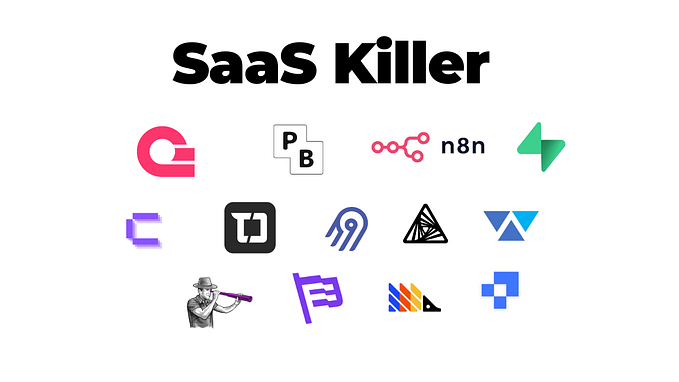Mastering Google Paid Advertising: A Step-by-Step Guide for Success
In today’s digital landscape, running Google paid advertising campaigns is a powerful strategy to drive targeted traffic, generate leads, and boost conversions. However, without a well-executed plan, your ad spend can go to waste. In this article, we provide a comprehensive guide on how to run Google paid adverts effectively from scratch. Whether you’re a beginner or looking to refine your existing campaigns, these step-by-step strategies will help you maximize your ROI and achieve success.
1. Defining Your Advertising Goals
Before diving into Google paid advertising, it’s crucial to define clear goals. Determine what you want to achieve, whether it’s increasing website traffic, generating leads, driving sales, or enhancing brand awareness. Establishing specific, measurable, attainable, relevant, and time-bound (SMART) goals will guide your campaign planning and optimization.
Read also: Choosing the Right Influencer for Marketing: A 10 point Comprehensive Guide
2. Conducting Keyword Research
Keyword research lays the foundation for successful Google paid advertising. Use tools like Google Keyword Planner, SEMrush, or Moz Keyword Explorer to identify relevant keywords with high search volumes and moderate competition. Focus on long-tail keywords that align with your target audience’s search intent. Group keywords into ad groups based on relevance to improve campaign organization.
3. Crafting Compelling Ad Copy
Create captivating ad copy that grabs attention and entices users to click. Include relevant keywords in your headlines and ad descriptions. Highlight unique selling points, benefits, and clear calls-to-action (CTAs) in your copy. Conduct A/B testing to optimize your ad variations and refine your messaging based on performance data.
4. Building Well-Optimized Landing Pages
Ensure your landing pages align with your ad copy and provide a seamless user experience. Optimize landing page load times, mobile responsiveness, and readability. Incorporate relevant keywords, persuasive headlines, and compelling visuals. Use persuasive elements like customer testimonials, trust indicators, and prominent CTAs to drive conversions.
5. Setting Up Conversion Tracking
Implement conversion tracking to measure the success of your campaigns accurately. Set up Google Analytics and Google Ads conversion tracking codes to track specific actions such as form submissions, purchases, or newsletter sign-ups. Regularly analyze conversion data to identify top-performing campaigns, ad groups, keywords, and landing pages.
6. Targeting and Audience Segmentation
Refine your audience targeting to reach the most relevant users. Leverage Google Ads’ targeting options, including demographics, interests, geographic locations, and device preferences. Consider remarketing to reconnect with users who have previously interacted with your website. Segment your audience based on their behavior, interests, or stage in the buyer’s journey to deliver tailored ad experiences.
7. Monitoring, Testing, and Optimization
Continuously monitor your campaign performance to identify areas for improvement. Regularly test different ad variations, landing page elements, targeting options, and bidding strategies. Use A/B testing to compare performance and make data-driven decisions. Adjust bids, budgets, and targeting based on performance data to optimize your campaigns.
Read also: 7 Effective Marketing Tips to Boost Your Christmas Sales
8. Budgeting and Bid Strategy
Allocate your budget strategically and set realistic bids to maximize the value of your ad spend. Start with conservative bids and adjust them gradually based on performance. Consider automated bidding strategies like target CPA (cost-per-acquisition) or target ROAS (return-on-ad-spend) for more efficient campaign management.
Conclusion
Running Google paid adverts successfully requires careful planning, execution, and ongoing optimization. By following this step-by-step guide, you can set up effective campaigns that drive targeted traffic, generate quality leads, and boost conversions. Remember to define clear goals, conduct thorough keyword research, craft compelling ad copy, optimize landing pages, track conversions, refine audience targeting, and continuously monitor and optimize your campaigns. With dedication, analysis, and refinement, you can achieve outstanding results from your Google paid advertising efforts.
How have you previously understood marketing, and do you think you have been doing something right or wrong, please share or ask us any questions here.
See more insights from our lead consultant, Tim Mwangi on LinkedIn







